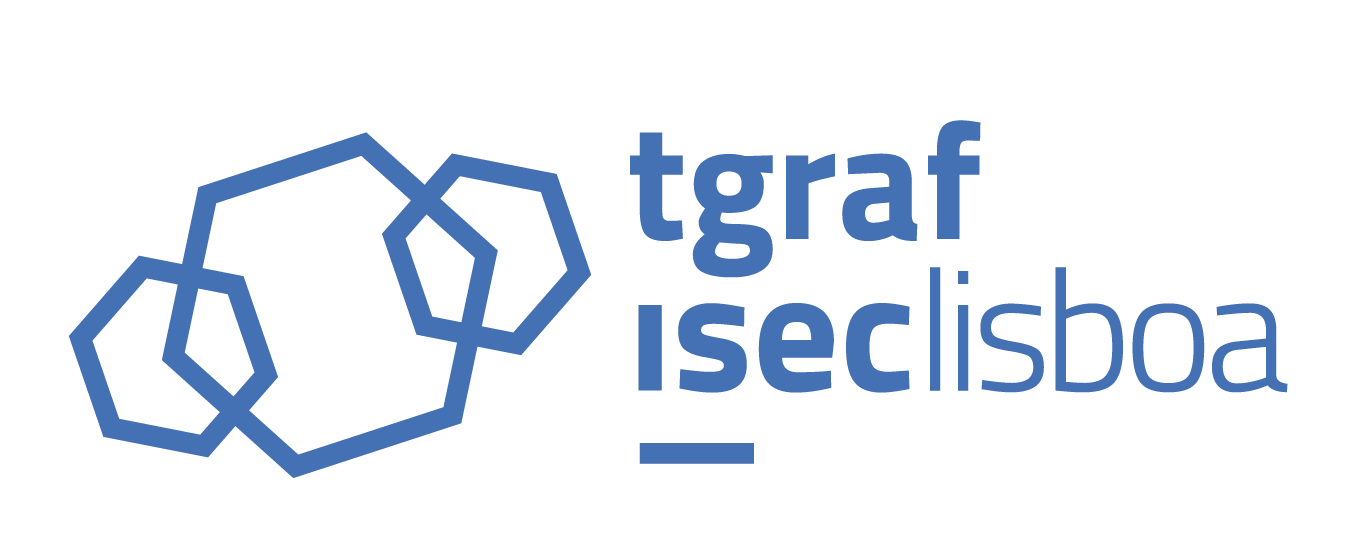PT
EN
DOES ISEC LISBOA HAVE R&DT CENTERS?
ISEC Lisbon has 2 R&DT Centres:
CEIA (Center for Applied Studies and Research)
TGRAF (International Center for Studies and Research in Graphic Technologies and Scientific Communication)
—–
ARE ISEC LISBON’S R&DT CENTERS ASSESSED/CLASSIFIED BY THE FCT (FOUNDATION FOR SCIENCE AND TECHNOLOGY)?
ISEC Lisbon’s R&DT Centers (CEIA and TGRAF) are not evaluated/classified by the FCT (Fundação para a Ciência e a Tecnologia).
—–
CAN I BE A MEMBER OF TGRAF (INTERNATIONAL CENTER FOR STUDIES AND RESEARCH IN GRAPHIC TECHNOLOGIES AND SCIENTIFIC COMMUNICATION)? WHAT DO I NEED TO DO?
If you are interested in joining the TGRAF research team, please send an email to the Director of TGRAF, Dr. Rafael Pozo (rafael.pozo@iseclisboa.pt). You must attach the updated Curriculum Vitae to the email, as well as a motivation letter, explaining the fundamentals of your application.
—–
TGRAF INCLUDES DIFFERENT TYPES OF COLLABORATION:
Principal Investigator: Member with a PhD, who proposes to lead a new project in one of the lines of investigation at TGRAF;
Research collaborator: Doctorate member who wishes to actively participate in one of the ongoing research projects;
Collaborating student: Student at ISEC Lisbon or at any national or international institution wishing to actively and punctually collaborate in some of the works, essays that are developed within a line of research;
Collaborating professional: People who, due to their experience and professional trajectory, advise and collaborate on research projects;
Invited researcher: Academics from other institutions who wish to link their research work to TGRAF.
Collaborating company: Companies that, due to their professional activity, advise and collaborate on research projects.
—–
WHAT LINES OF RESEARCH IN TGRAF?
The research lines of the TGRAF R&DT Center are developed in close collaboration with the training areas of ISEC’s Lisbon Schools. These lines are: [TLab1] New Materials / Cellulosic Materials; [TLab2] Graphic Design and Communication; [TLab3] Technology and Graphic Production; [TLab4] Working Methods for Applied Research; [TLab5] Scientific Communication.
You can find more information about the lines of investigation at proyect
—–
